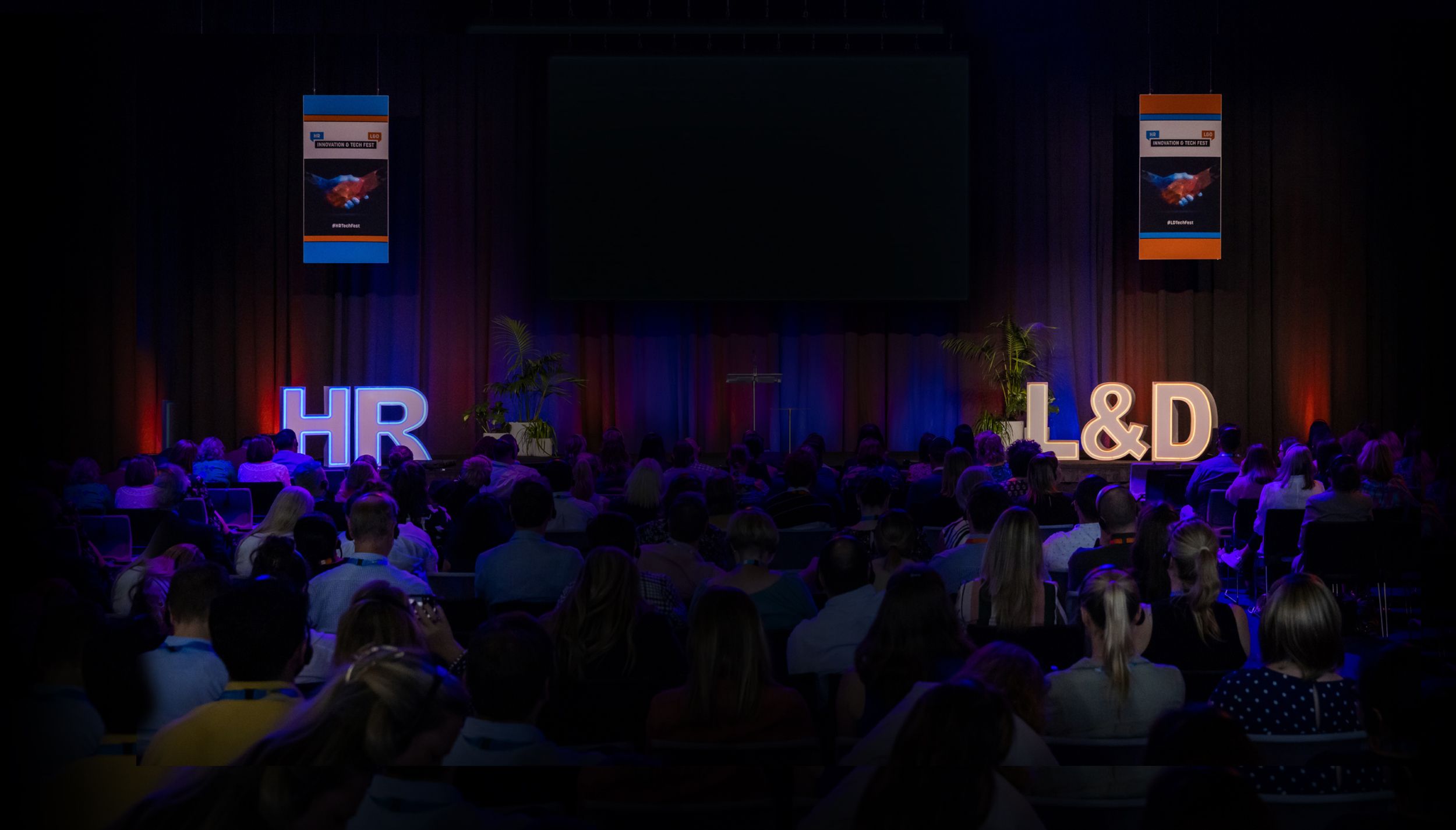How to Run Successful MOOCs (Massive Online Open Courses)
)
Want to take a course in blockchain for business? There’s a MOOC for that. Keen to learn how to program in Python? Ditto. MOOCs have liberated workplace learning from the shackles of office routine and made it portable, accessible and fun.
A MOOC is a Massive Open Online Course, a virtual university that allows people to take courses online. Most of the major universities, like UTS, Stanford University and MIT have these digital branches of learning.
Reza Moussavian is SVP Digital & Innovation (HR) at Deutsche Telekom. He shared some of his experiences in creating and running successful MOOCs for large numbers of people at HR Innovation & Tech Fest.
He’s run two MOOCs for his organisation, which both achieved amazing results. The completion rate for employees registered in the courses was 70% to 85% above usual rate.
Team-building and the Hybrid MOOCMoussavian says most MOOCs only offer courses on an individual basis; that is, people earn their certificate as an individual rather than as part of a group.
But Deutsche Telekom uses a hybrid model of MOOC. It provides a digital platform that allows users to roam around the content as an individual then contribute to the community every now and then and get feedback. Or they act as a participant, which means they take the course as part of a team. Teams are formed from different backgrounds and different countries.
“The team is the real social experience,” Moussavian says. “This is where people work together with colleagues they have never worked with before – a technical engineer from Brazil, a marketing officer from Greece, a shop manager from Germany and so on. They work together as a team and they get an assignment as a team.”
The course organisers found this mixing of backgrounds and nationalities to be highly appreciated by attendees.
Tutoring Doubles the Success RateFor learning success, it is important that courses be mentored and tutors assigned to students. Without tutors, Moussavian says, the completion rate of a MOOC course is halved.
“The first MOOC we did in 2014 had around 3,000 people participating, and the success rate – people accomplishing the entire course – was 72%. If you enrol in a public MOOC, VentureLab for example, the success rate is 3%.
Making Challenges RelevantThe second Deutsche Telekom MOOC attracted 3,500 people and had a success rate of 88%. This particular MOOC was centred around business specific scenarios. Participants could enrol in teams working on a specific challenge. One challenge was how to set up an appropriate marketing strategy for Deutsche Telekom when Apple introduced an embedded SIM in its mobile devices.
“People really liked these challenges because they were highly relevant to our company,” Moussavian says.
Action-oriented MOOCsIf the mix of nationalities, hierarchies and functions among the attendees is a big attraction for participants, another drawcard for Deutsche Telekom’s MOOCs is that they are action-oriented.
Action-oriented MOOCs are easier to fit into the business goals of the company, since they test the entrepreneurial and design skills of the attendees.
“As a company we invest a lot into educating people about design thinking, because we believe this is one of the key skills that we need in the future,” says Moussavian.
“Our goal is not to conserve our status quo as a telco operator; we need people to challenge the status quo, we need people to not do business as usual, and that’s why we want to equip them with the right methods and tools. That’s why the MOOCs are action-oriented.”
Openness Key to OnboardingAccessibility is also key to success – it’s the ‘open’ part of the MOOC moniker. Strict security and compliance regulations mean Deutsche Telekom employees would normally have to go through a number of hurdles to register for workplace training. But Moussavian and his team worked hard to make enrolment as simple as possible. As a result, no additional password was needed to enrol in the MOOCs.
A checkbox during registration asked: “Yes, I’ve checked with my manager, and they are fine with me joining.” This made it easier for employees to join. It was also a major cultural shift for a highly regulated and monitored company.
“During the first MOOC I had hundreds of complaints from middle managers: ‘How could you do this? It hasn’t been aligned with me,’ etc. Managers in particular were panicking,” admits Moussavian.
“However, the reality was that only a small fraction of people did the course during work time, and again this is an indication that people appreciated this way of learning.”
Success came down to making courses user-centric, from registration to access and completion. Once enrolled, staff could access the courses on mobile devices, from their laptop or PC at home, making it truly open.
“It’s not just watching videos,” says Moussavian. “It’s watching videos, reading content, doing assignments, getting a certificate, all the regular formal learning stuff that you need – but with a bit more fun.”
About the Speaker
Dr. Reza Moussavian is Senior Vice President of the HR division “Digital & Innovation “ at Deutsche Telekom AG. Since its establishment in April 2016, the division successfully introduced new tools like a leadership-app, digital collaboration, innovation methods, future work, top management innovation formats and exploration of new technologies for Deutsche Telekom AG. Before taking the lead for the HR division “Digital & Innovation”, Dr. Moussavian ran its predecessor named “Shareground” that focused on implementing a culture of innovation throughout Deutsche Telekom.


